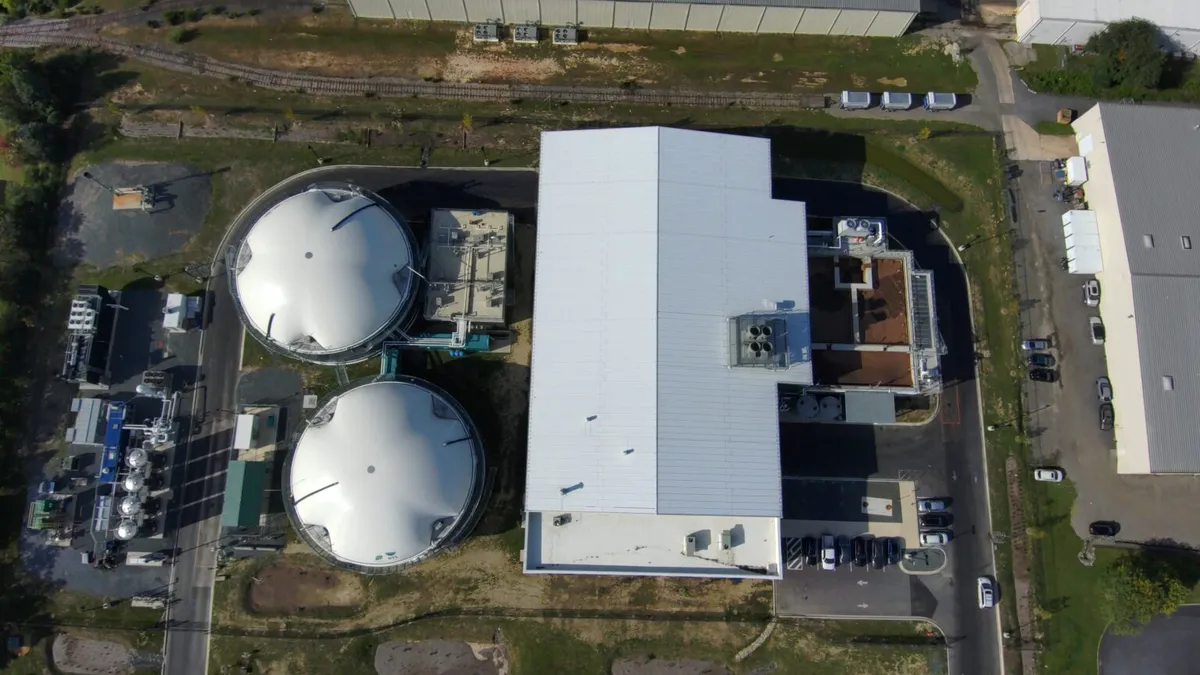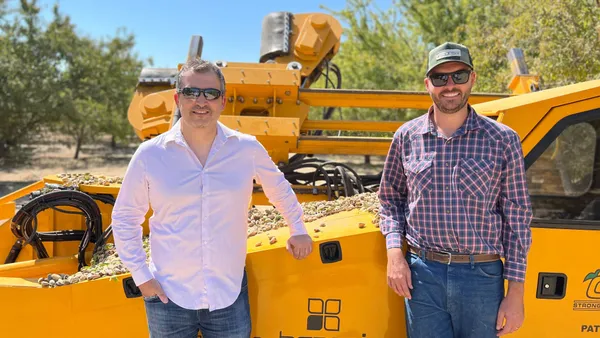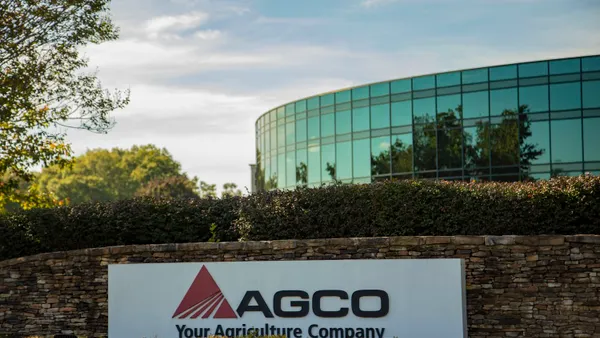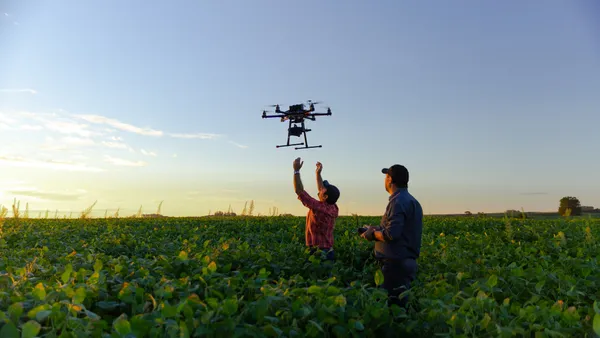The following is a guest post by Patrick Serfass, executive director of the American Biogas Council. Opinions are the author's own.
America wastes a whopping 92 billion pounds of food every year, with about 38% of the food going unsold or uneaten. This wasted food is responsible for 58% of landfill emissions of methane, a potent greenhouse gas.
In mid-June, the White House released a plan to address both this waste and resulting greenhouse gas emissions in the “National Strategy for Reducing Food Loss and Waste and Recycling Organics.” The strategy, developed by the Department of Agriculture, Environmental Protection Agency and Food and Drug Administration, lays out a path for the United States to meet its goal of cutting food loss and waste in half by 2030.
One key solution the plan highlights to reduce methane emissions from food waste is biogas systems. These facilities use anaerobic digestion to capture the renewable energy potential of decomposable waste. Anaerobic digesters process food waste that would otherwise go to landfills and combustion facilities. They also use natural microbes to produce methane in a controlled environment, which can then be used to replace conventional natural gas to provide heat or electricity.

Biogas systems are an effective strategy to reduce greenhouse gas emissions from landfills as well as from fossil fuels. Moreover, the processed material is rich in nutrients that plants love and may be used instead of synthetic fertilizer to create healthier soils.
Some state and national programs are providing funding or tax credits for investment in food-waste-to-renewable energy facilities, with more infrastructure slowly being built. The United States has 110 biogas facilities utilizing food waste to create renewable energy, with three added in 2023, according to the American Biogas Council. Yet the industry estimates that more than 2,000 food waste biogas systems could be built across the country. In other words, we are tapping into just 5% of the potential.
Hundreds more biogas facilities can be built to address our food waste and methane emissions problems. According to a recent analysis by the nonprofit Energy Vision, the greatest opportunity to reach our nation’s goal of cutting methane emissions 30% by 2030 is to divert inedible food waste from landfills to biogas facilities. Biogas facilities also represent the greatest impact on methane reduction for the lowest cost.
Biogas facilities offer significant benefits. For example, The Maryland Bioenergy Center in Jessup, Maryland, has the capacity to process 110,000 tons of food waste per year and convert into 312 billion British thermal units per year of renewable natural gas, and over 15,000 tons of nutrient-rich soil amendment. The Wasatch Resource Recovery in North Salt Lake City, Utah, can process 250,000 tons of source-separated food waste annually, producing 1.1 trillion Btu of renewable natural gas per year.
The facility can supply enough natural gas for approximately 40,000 people, or 15,000 homes — a community the size of Bountiful, Utah. The Integrated Diversion & Energy Facility in Longview, Washington, scheduled to be fully operational later this year, will be the first plant of its kind in the state. It will have the capacity to process 100,000 tons of wasted food per year from Washington and Oregon into carbon negative renewable energy. The facility will also offset up to 23,000 tons of carbon dioxide annually — equivalent to removing 5,000 gas-powered cars from the road each year.
These facilities represent hopeful progress, but America is only inching toward a broader use of this sustainable solution to food waste. We must drastically speed up the development of these food waste recycling and renewable energy facilities, or our food waste will continue to exacerbate global warming. Embracing and investing in biogas technology will propel us towards a sustainable future, aligning with our national goals and creating a cleaner, more efficient waste management system.










